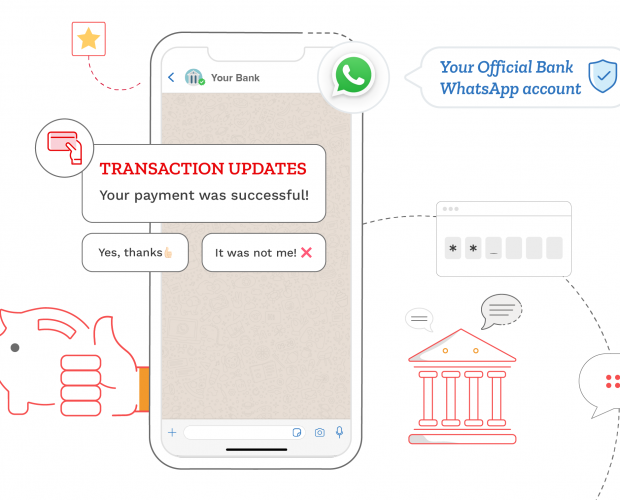Orly Nesher, VP of Marketing at roaming technology company Starhome, discusses why mobile operators must prepare for next generation roaming - 'Roaming 2.0' - and outlines the dynamic changes it will bring to the market
In today's highly competitive communications marketplace, mobile roaming is an important source of revenue for operators. The success of roaming is based on giving the international traveler an experience while they are abroad, that is similar to the one they enjoy at home.
As the telecommunications market moves towards converged mobility, however, the new challenge for operators is how to provide a consistent user experience, not only in different geographies and networks, but also across different zones. These zones include the home, office, and hotspots, with each using a variety of access technologies, including GSM, wi-fi, WiMax, VoIP, 3G and WLAN. As the traditional concept of mobile roaming evolves to encompass all of these zones, we can begin to talk about the dawn of 'Roaming 2.0'. This means that the evolving strategy for mobile operators will be to implement the next generation of roaming.
Users often have a variety of wireless and fixed devices to ensure they can be contacted wherever they are. Despite using or carrying multiple devices, however, most users are not that concerned with the specifics of the access technology - simplicity is the basis of mobility success. Customers now expect the same user experience whether at home, on the move or travelling abroad.
An evolving concept
Roaming 2.0 is an evolving concept that allows users of different devices to operate across a range of different zones and network islands including mobile networks, fixed line, Internet and corporate connections - and connect to these with any mobile service, application or content, based on the users preference. For example, a user might be in a hotspot caf in their home town, or in a foreign country, and choose to receive a call either on their laptop, or through their mobile device, in exactly the same way.
While this type of communications' convergence has been talked about for a long time, it's only now that the market is actually ready to realise it. Users, however, will be interested in the actual benefits of connectivity, not just which access point or service provider delivers it Service mobility will also be needed in addition to voice and data, to allow users to seamlessly use any service, from any device, using any network technology.
With mobile roaming revenues and margins being increasingly squeezed by regulatory pressure, these new opportunities will give mobile operators an opportunity to reduce churn and help to differentiate themselves in a crowded market. Mobile operators are already seen by consumers as reliable providers of communication solutions, and they should start to take advantage of this head start to expand their network exposure with converged solutions.
While user perception is changing, the market is also beginning to evolve, and wi-fi phone usage is set to increase dramatically. According to Infonetics Research, the worldwide wi-fi phone market is set to double every year between now and 2009, when it is set to reach $3.7 billion in value.
The increasing popularity of wi-fi phones is currently driven by enterprise users using voice over wireless networks. However, Starhome expects that wi-fi phones will become popular with consumers very quickly, as they start to become part of a complete service, bundled with their broadband connections. The convenience of all services coming from one supplier with one bill will be a key differentiator, and users have already proved that they are willing to pay a premium for using a single operator with a basic layer of roaming, or Roaming 1.0.
The Roaming 2.0 opportunity
Roaming 2.0 provides mobile operators with the opportunity to stand out in an increasingly crowded yet leaderless market. It will allow operators to provide users with the applications, content and the services they need, across a wide variety of geographic, network and technological zones. Users want the flexibility of choosing a single device of their choice, and for delivery to remain seamless as they change zones, and if the service offered is strong enough, they will be willing to pay a premium to get it.
Improving convenience and productivity will be especially attractive to enterprises.. Pyramid Research believes that operators should start to take advantage of this, rather than ignoring it. They see bundling wi-fi and mobile services as the key to success, and predict that this will create added value for those relying on access to mobile services as they travel around the world.
As users of Roaming 1.0 became addicted to the ease of use and seamlessness it afforded as they roamed from one network to another abroad, Roaming 2.0 can become even more compelling. Roaming 2.0 will extend roaming capability across different network technologies and user zones, not just geographical areas.
Its success will depend on converging services, seamless access and the provision of a consistent user experience. Customers, operators and enterprises will all benefit from the seamless continuity Roaming 2.0 will offer. All will enjoy a familiar user experience and seamless service on a single handset, with a single, straightforward bill.
By providing Roaming 2.0 services, mobile operators can strengthen their position as masters of mobile personal communications, extend their offerings and grow their business.







